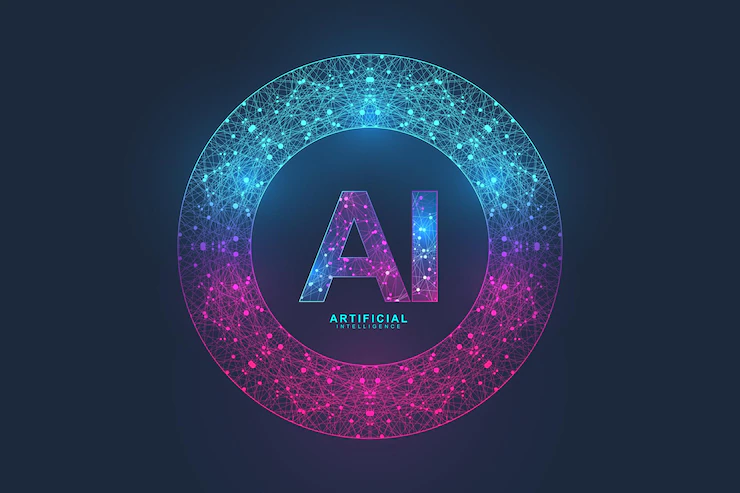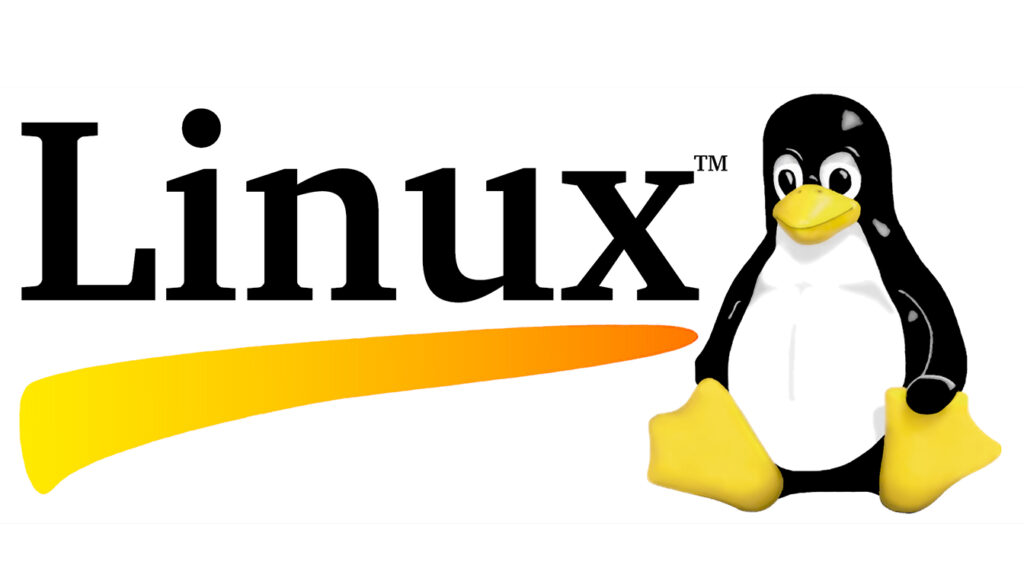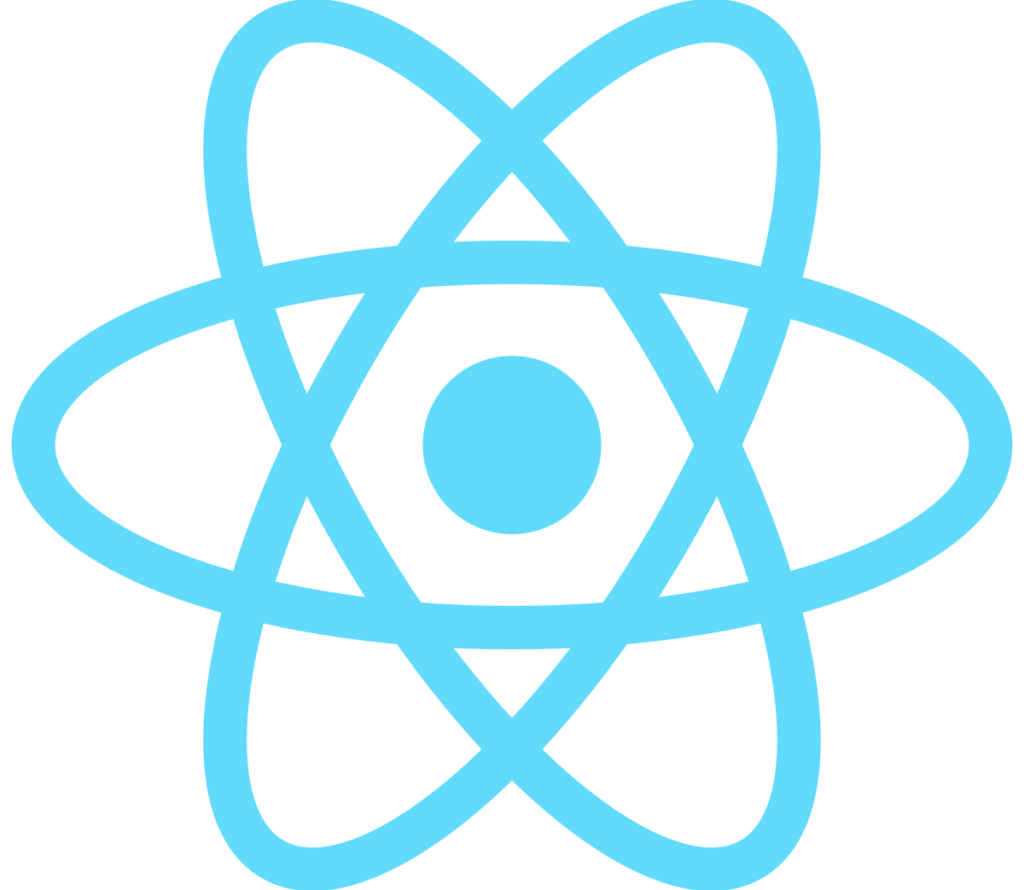
Course Details
- Category
- Data Science
- Mode of Training
- Online/Offline
- Duration
- 3 - 4 months
- Fees
- ₹ 2000
Course Features
Instructor led Sessions
Real-life Case Studies
Assignment
Certification
Instructor led Sessions
Artificial Intelligence
Oranium Tech introducing some amazing content on Artificial Intelligence. Oranium Tech offers the best Artificial intelligence Course in Chennai led by expert trainers. We provide hands-on training in subjects surrounding AI, including Machine Learning and Deep Learning. Live projects and assessments are incorporated into the syllabus for a thorough understanding of the subjects. Our course aims at developing a solid foundation in AI by employing CNN and RNN networks. The course curriculum is designed by our industry experts at Oranium Tech to equip the students with modern tools and technologies. Our mentors integrate live scenarios and examples for a comprehensive training experience.
Course Syllabus
• Understanding Data Science
• The Data Science Life Cycle
• Understanding Artificial Intelligence (AI)
• Overview of Implementation of Artificial Intelligence
• Machine Learning
• Deep Learning
• Artificial Neural Networks (ANN)
• Natural Language Processing (NLP)
• How Python connected to Machine Learning
• Python as a tool for Machine Learning Implementation
• What is Python and history of Python
• Python-2 and Python-3 differences
• Install Python and Environment Setup
• Python Identifiers, Keywords, and Indentation
• Comments and document interlude in Python
• Command-line arguments and Getting User Input
• Python Basic Data Types and Variables
• Understanding Lists in Python
• Understanding Iterators
• Generators, Comprehensions and Lambda Expressions
• Understanding and using Ranges
• Introduction to the section
• Python Dictionaries and More on Dictionaries
• Sets and Python Sets Examples
• Reading and writing text files
• Appending to Files
• Writing Binary Files Manually and using Pickle Module
• Python user defined functions
• Python packages functions
• The anonymous Functions
• Loops and statement in Python
• Python Modules & Packages
• What is Exception?
• Handling an exception
• try….except…else
• try-finally clause
• The argument of an Exception
• Python Standard Exceptions
• Raising an exceptions
• User-Defined Exceptions
• What are regular expressions?
• The match Function and the Search Function
• Matching vs Searching
• Search and Replace
• Extended Regular Expressions and Wildcard
• Collections – named tuples, default dicts
• Debugging and breakpoints, Using IDEs
• Understanding different types of Data
• Understanding Data Extraction
• Managing Raw and Processed Data
• Wrangling Data using Python
• Using Mean, Median and Mode
• Variation and Standard Deviation
• Probability Density and Mass Functions
• Understanding Conditional Probability
• Exploratory Data Analysis (EDA)
• Working with Numpy, Scipy and Pandas
• Understand what is a Machine Learning Model
• Various Machine Learning Models
• Choosing the Right Model
• Training and Evaluating the Model
• Improving the Performance of the Model
• Understanding Predictive Model
• Working with Linear Regression
• Working with Polynomial Regression
• Understanding Multi Level Models
• Selecting the Right Model or Model Selection
• Need for selecting the Right Model
• Understanding Algorithm Boosting
• Various Types of Algorithm Boosting
• Understanding Adaptive Boosting
• Understanding the Machine Learning Algorithms
• Importance of Algorithms in Machine Learning
• Exploring different types of Machine Learning Algorithms
• Supervised Learning
• Unsupervised Learning
• Reinforcement Learning
• Understanding the Supervised Learning Algorithm
• Understanding Classifications
• Working with different types of Classifications
• Learning and Implementing Classifications
• Logistic Regression
• Naïve Bayes Classifier
• Nearest Neighbour
• Support Vector Machines (SVM)
• Decision Trees
• Boosted Trees
• Random Forest
• Time Series Analysis (TSA)
• Understanding Time Series Analysis
• Advantages of using TSA
• Understanding various components of TSA
• AR and MA Models
• Understanding Stationarity
• Implementing Forecasting using TSA
• Understanding Unsupervised Learning
• Understanding Clustering and its uses
• Exploring K-means
• What is K-means Clustering
• How K-means Clustering Algorithm Works
• Implementing K-means Clustering
• Exploring Hierarchical Clustering
• Understanding Hierarchical Clustering
• Implementing Hierarchical Clustering
• Understanding Dimensionality Reduction
• Importance of Dimensions
• Purpose and advantages of Dimensionality Reduction
• Understanding Principal Component Analysis (PCA)
• Understanding Linear Discriminant Analysis (LDA)
• What is Hypothesis Testing in Machine Learning
• Advantages of using Hypothesis Testing
• Basics of Hypothesis
• Normalization
• Standard Normalization
• Parameters of Hypothesis Testing
• Null Hypothesis
• Alternative Hypothesis
• The P-Value
• Types of Tests
• T Test
• Z Test
• ANOVA Test
• Chi-Square Test
• Understanding Artificial Intelligence
• Understanding Machine Learning
• Understanding the need for Deep Learning for Machines
• Understanding Deep Learning
• Understanding the Importance of Neural Network
• Understanding how Artificial Intelligence, Machine Learning and Deep Learning are related
• Introduction to Deep Learning Frameworks
• Introduction to Tensorflow and Keras
• Understanding Reinforcement Learning Algorithm
• Advantages of Reinforcement Learning Algorithm
• Components of Reinforcement Learning Algorithm
• Exploration Vs Exploitation tradeoff
• Installing Tensorflow
• Installing Keras
• Understanding Deep Learning Environment in Cloud Platform with AWS
• Executing Tensorflow Code
• Executing Tensorflow in AWS
• Understanding Placeholders
• Creating Placeholders
• Updating Placeholders with Data
• Understanding Variables and Constants
• Understanding Computation Graph
• Exploring Tensor Board
• Understanding Functions in Tensorflow
• Exploring various Key Functions
• Activation Functions
• Sigmoid Functions and Softmax Functions
• Understanding Rectified Linear Units – ReLu and Hyperbolic Tangent Functions
• Understanding what is Convolutional Neural Networks
• Understanding the Architecture of CNN
• Understanding the Convolutional Layers
• Understanding the Pooling Layer
• Understanding the Normalization Layer
• Understanding the Fully-Connected Layer
• Understanding various Popular CNN Architectures and Models
• Exploring the Imagenet Dataset
• Understanding MLP Vs CNN
• Application Areas of CNN
• Working Examples for CNN using Tensorflow and Keras
• Understanding Sequences
• Need for Neural Networks to Handle Sequences
• Understanding Recurrent Neural Networks – RNN
• Understanding the Recurrent Neuron
• Managing Forward Propagation and Back Propagation in a RNN
• Exploring various RNN Architectures
• Application Areas of RNN
• Working Examples for RNN using Tensorflow and Keras
• Understanding a Neural Network
• Understanding the Components of a Neural Network
• Input Layers
• Computational Layers
• Output Layers
• Understanding Forward Propagation and Back-Propagation
• Understanding the Hyper Parameters
• Understanding Perceptron
• Understanding Inputs and Weights
• Understanding Outputs
• Understanding Multi Layered Perceptron (MLP)
• Understanding and implementing Regularization
• Training Neural Networks
• Understanding Training Data Sets
• Understanding and using the MNIST Data Set
• Application Areas of MLP
• Working examples for MLP using Tensorflow and Keras
• Understanding Recursive Neural Networks
• Understanding the differences between Recurrent and Recursive Neural networks
• Application areas of Recursive Neural Networks
• Working Examples for Recursive Neural Networks using Tensorflow and Keras













